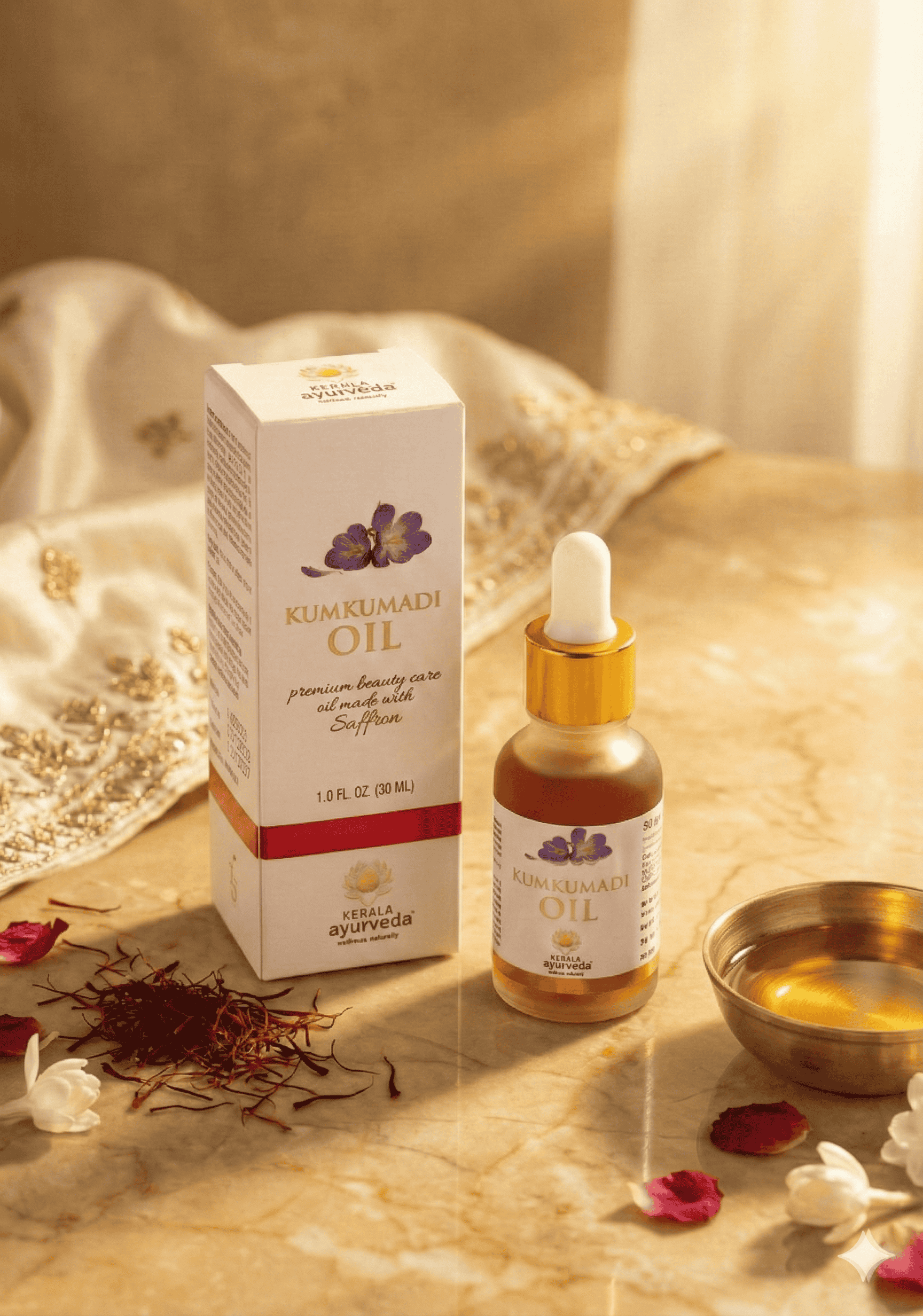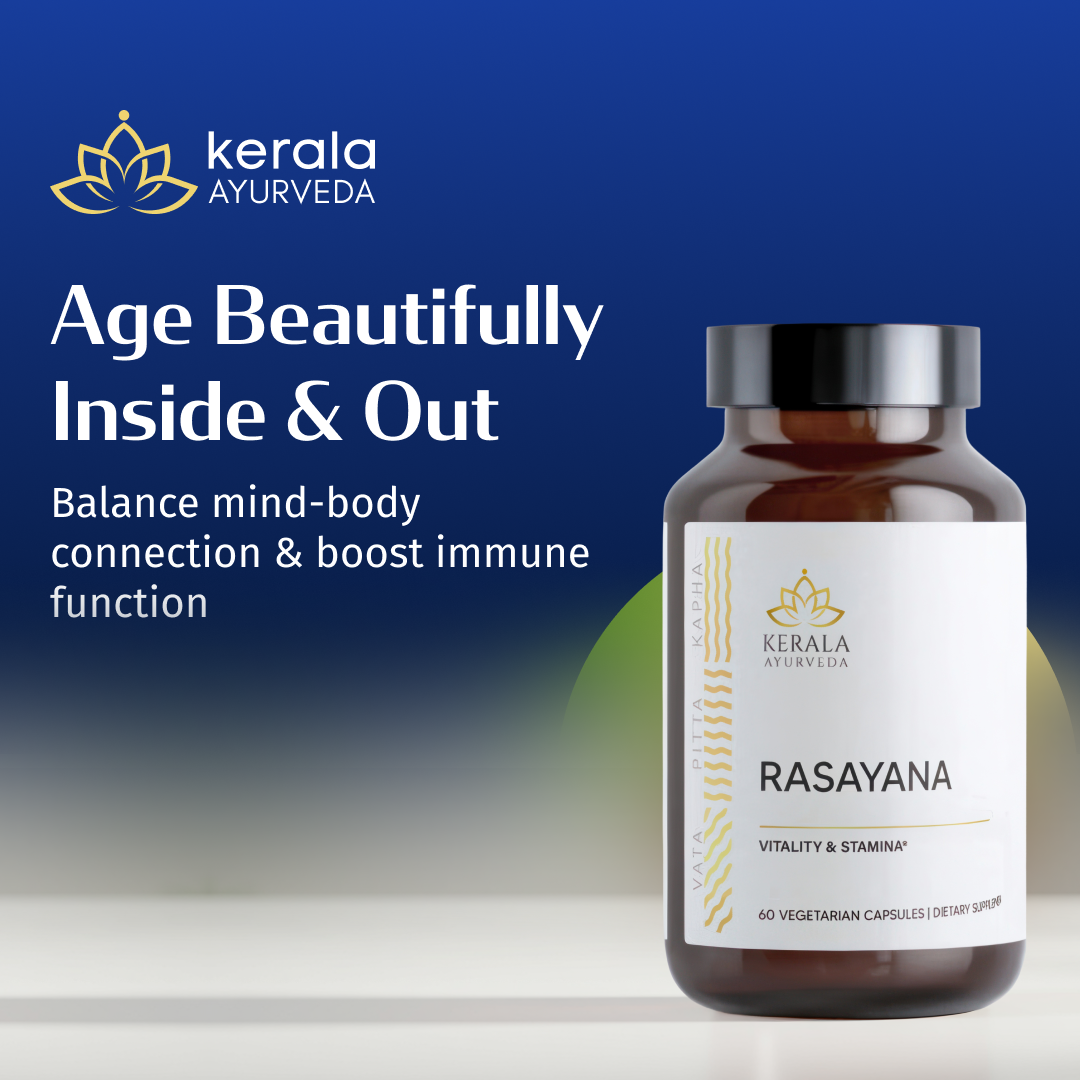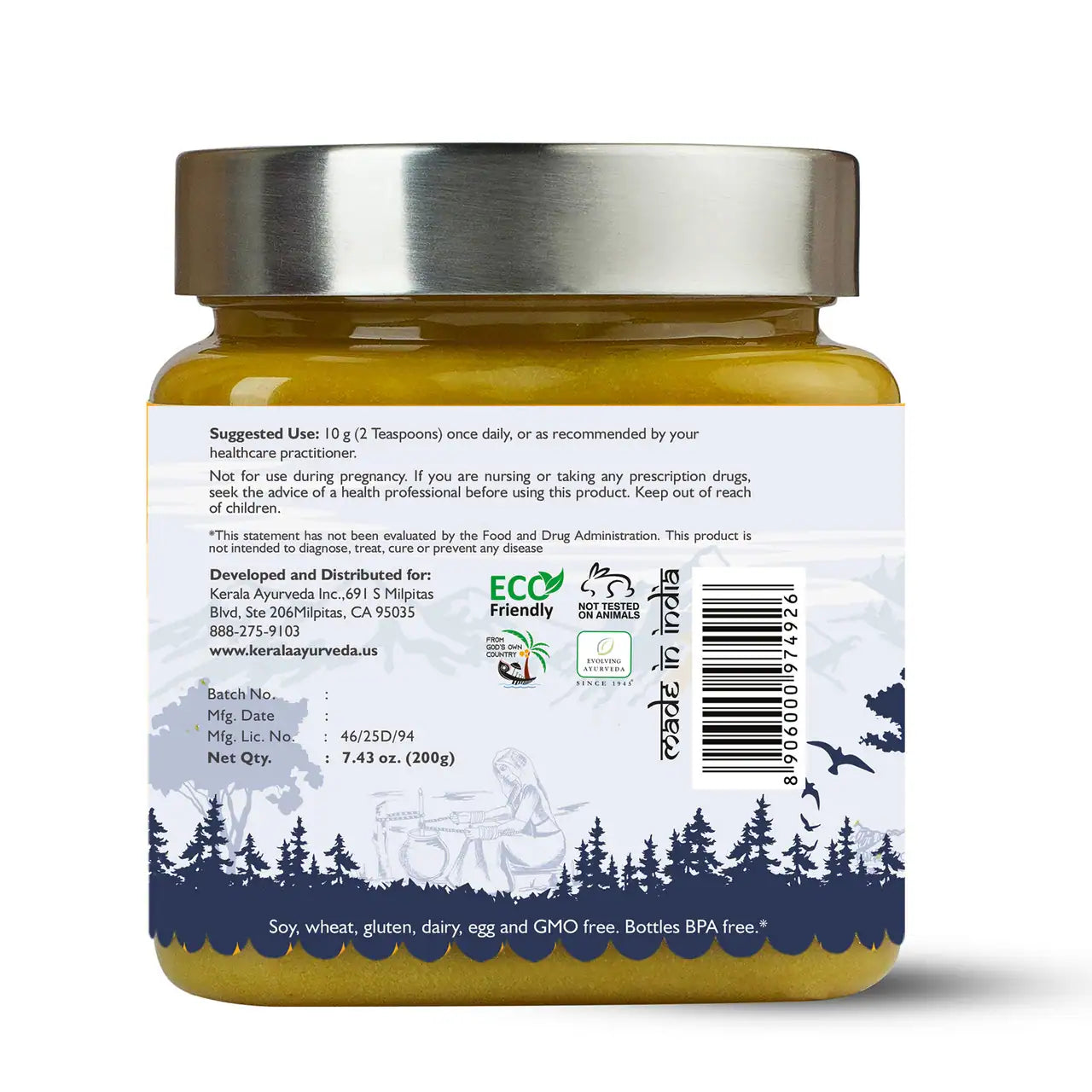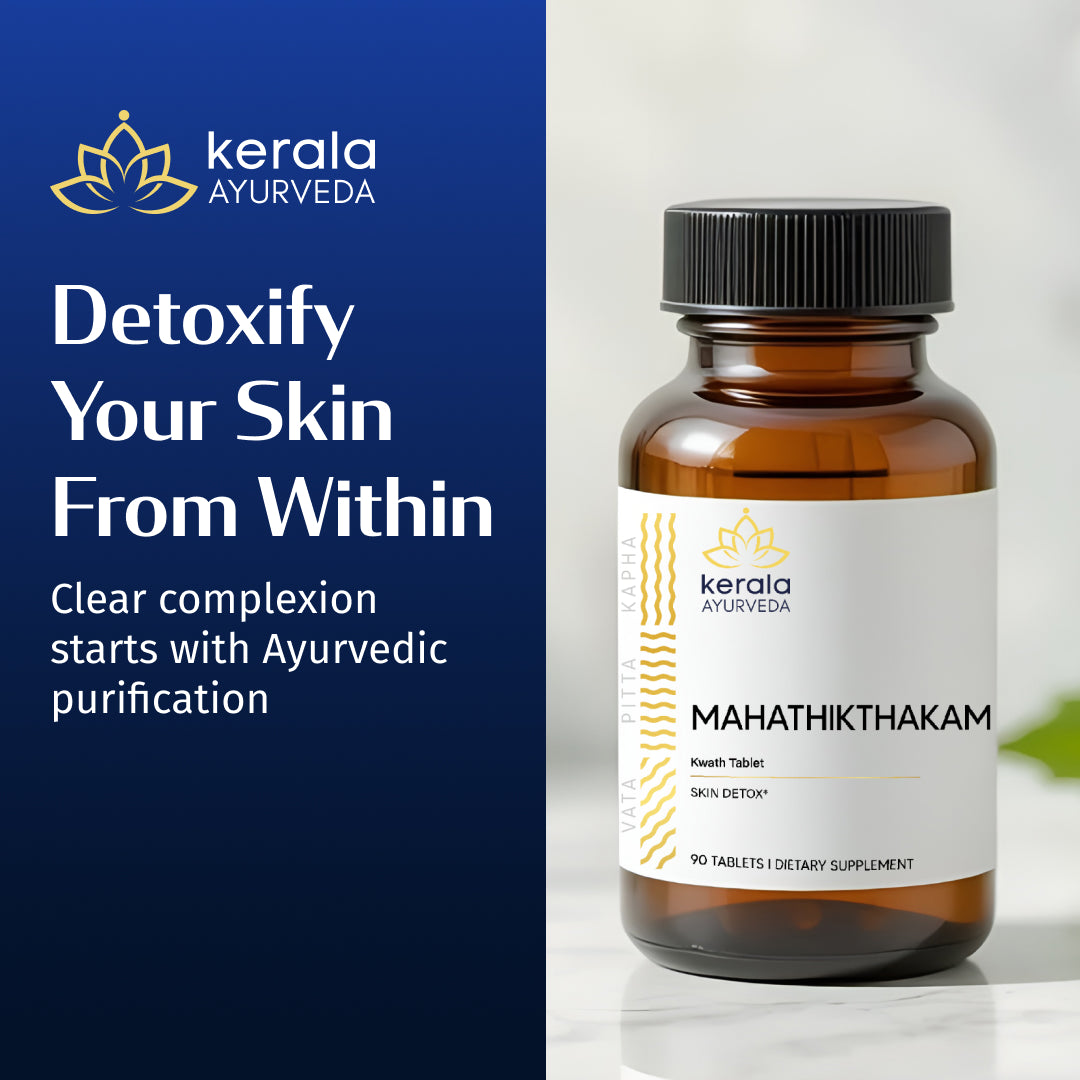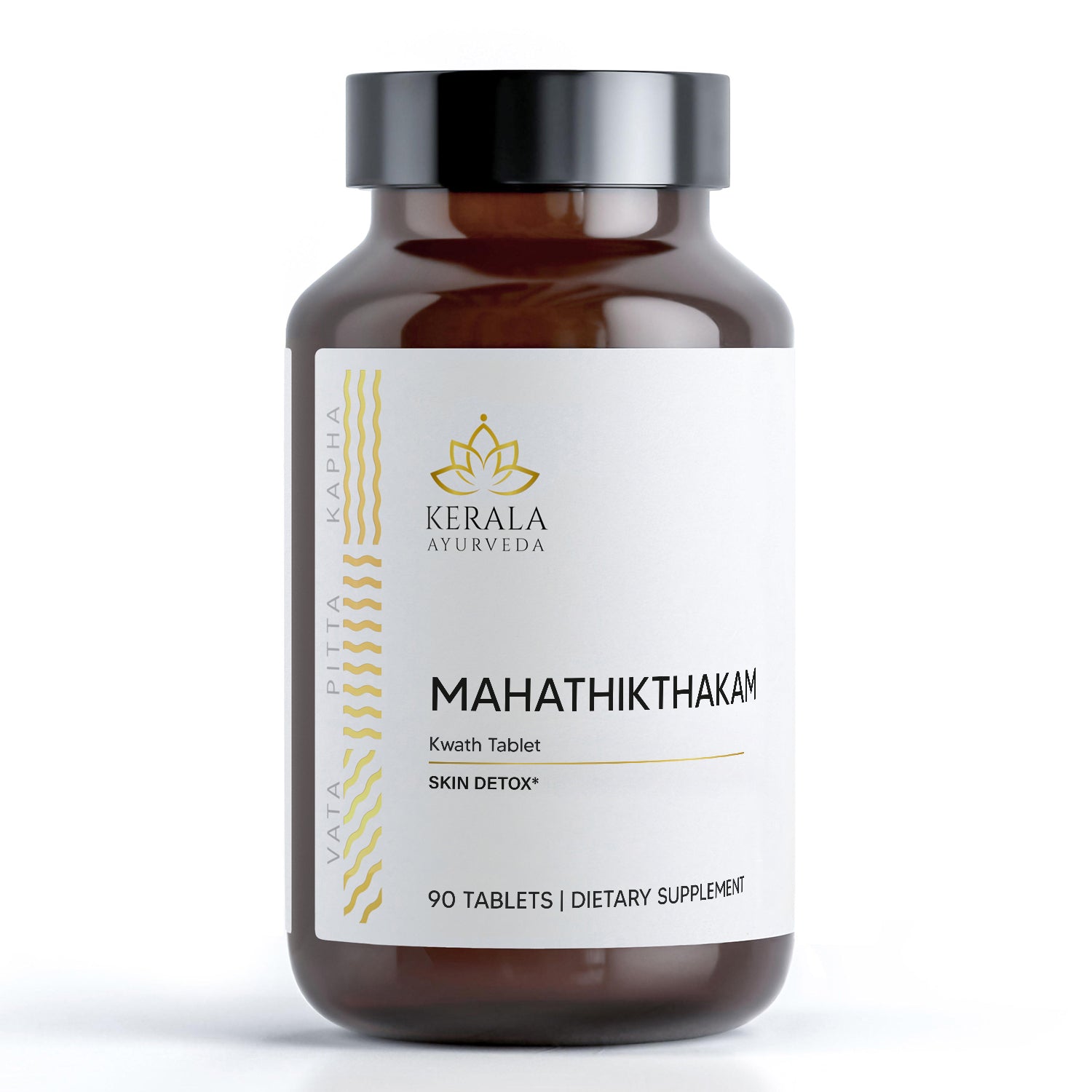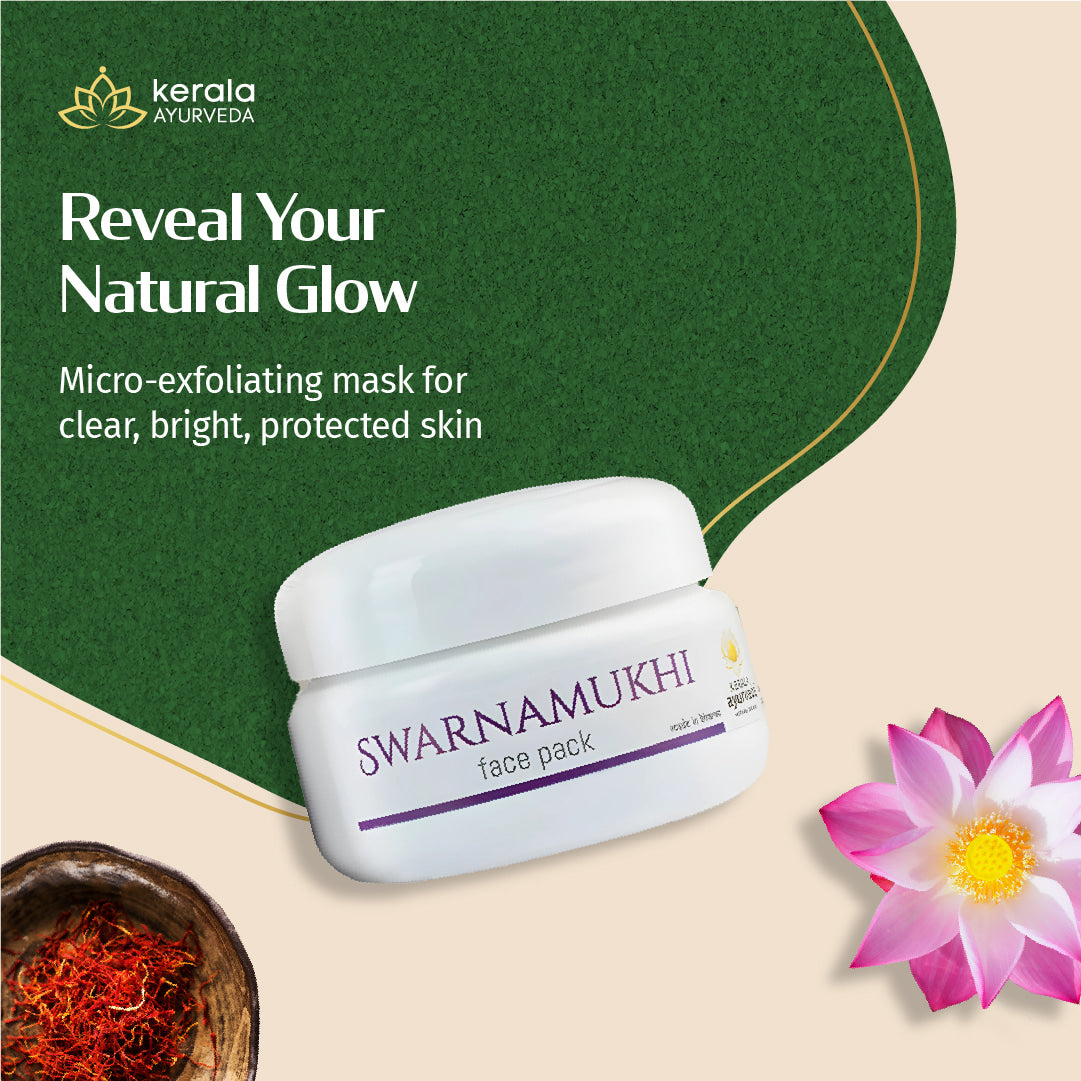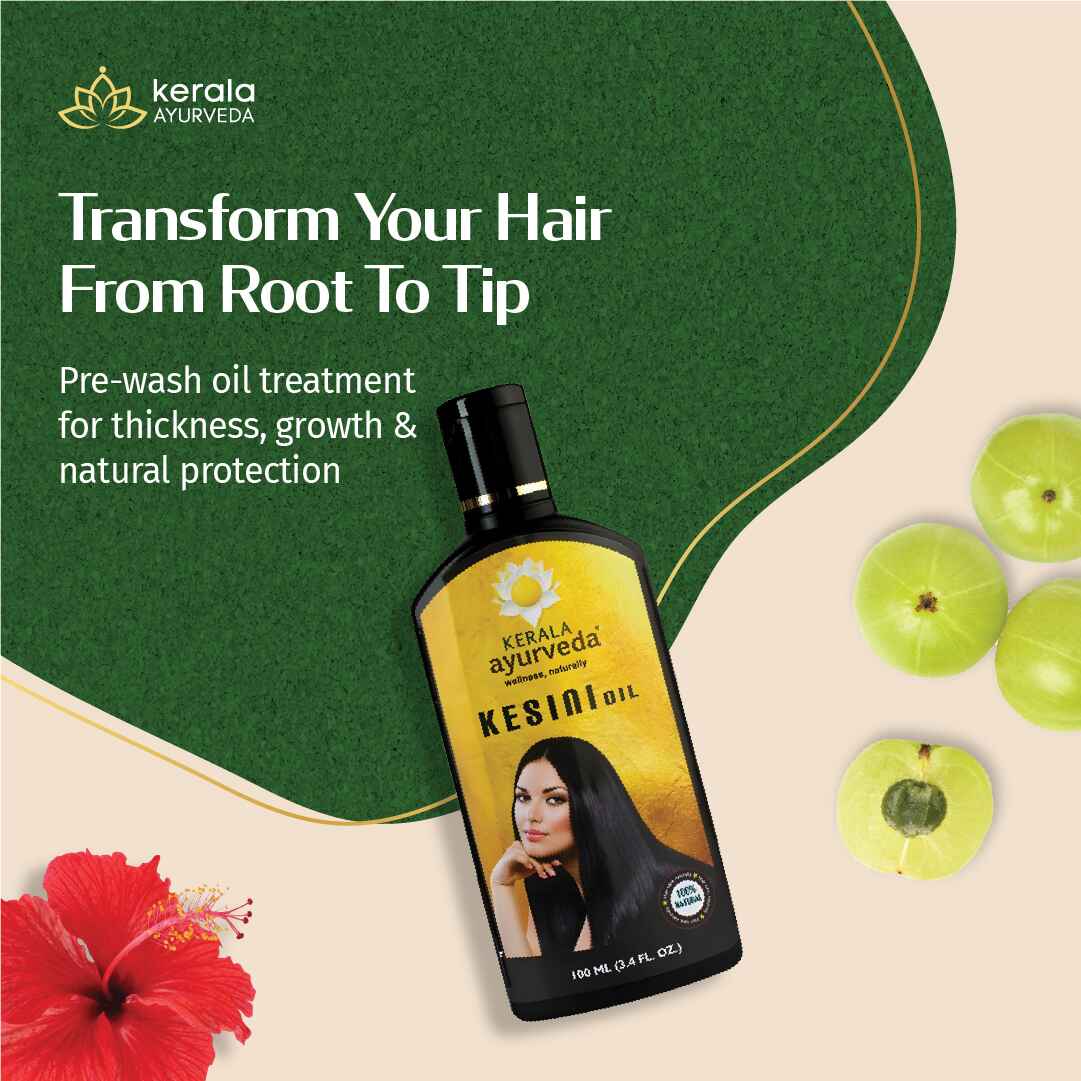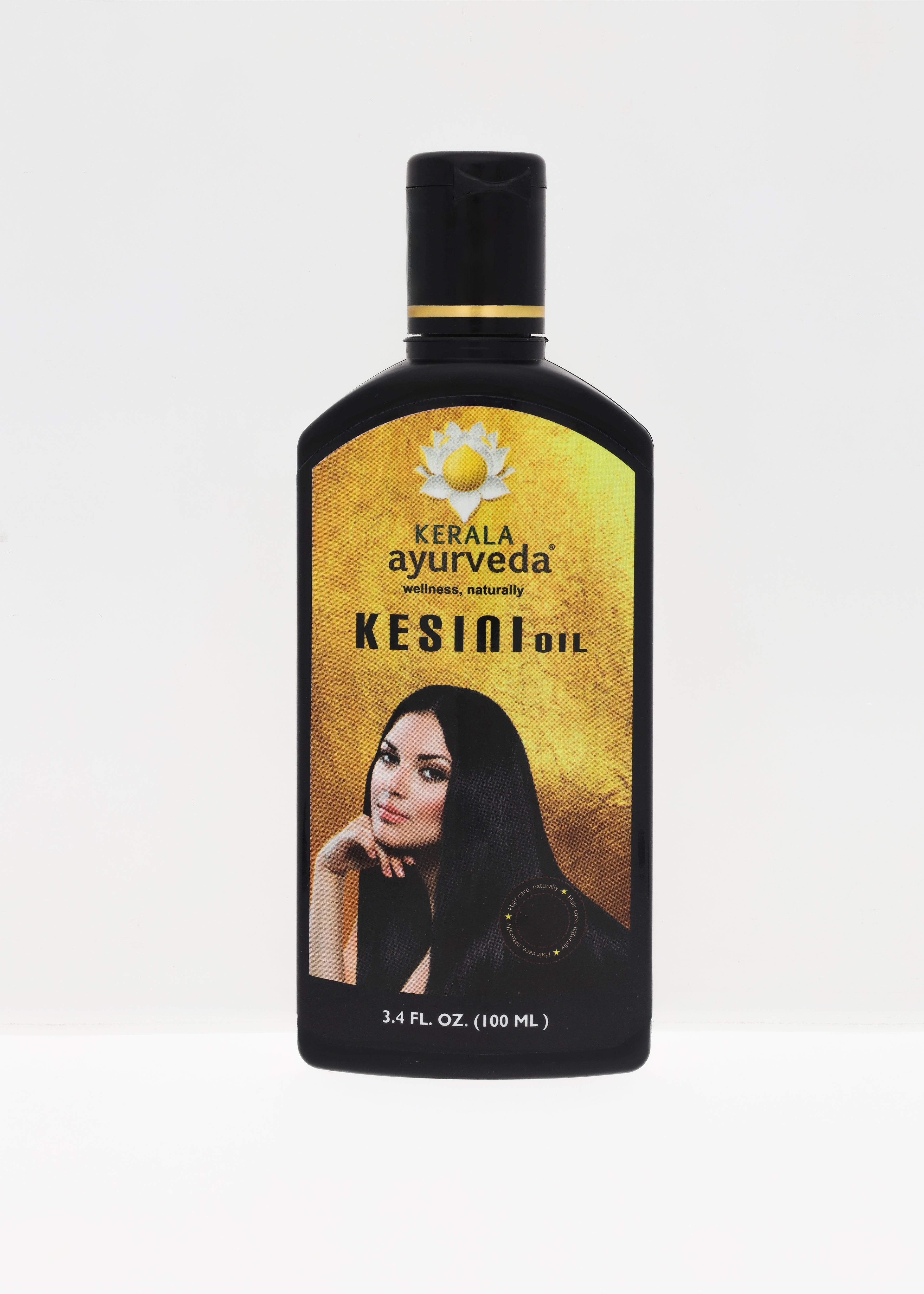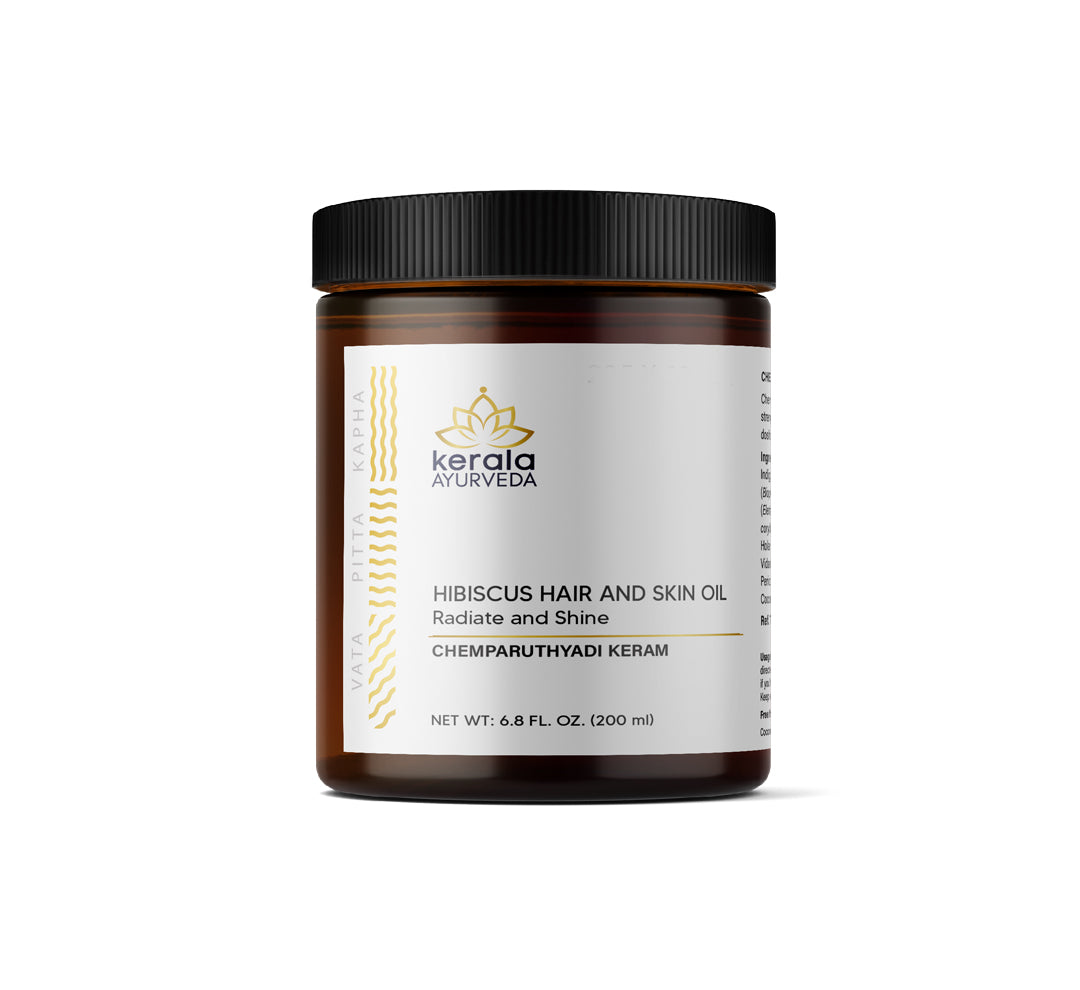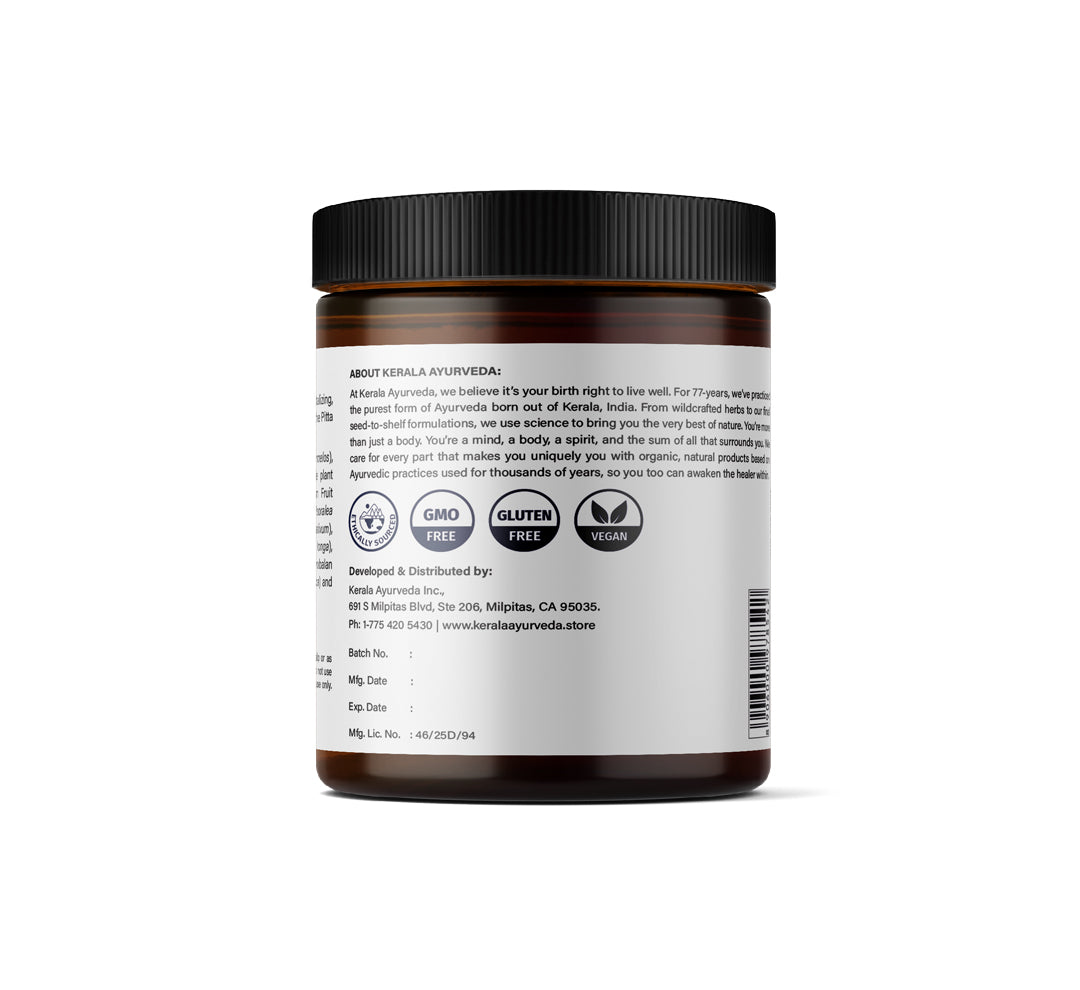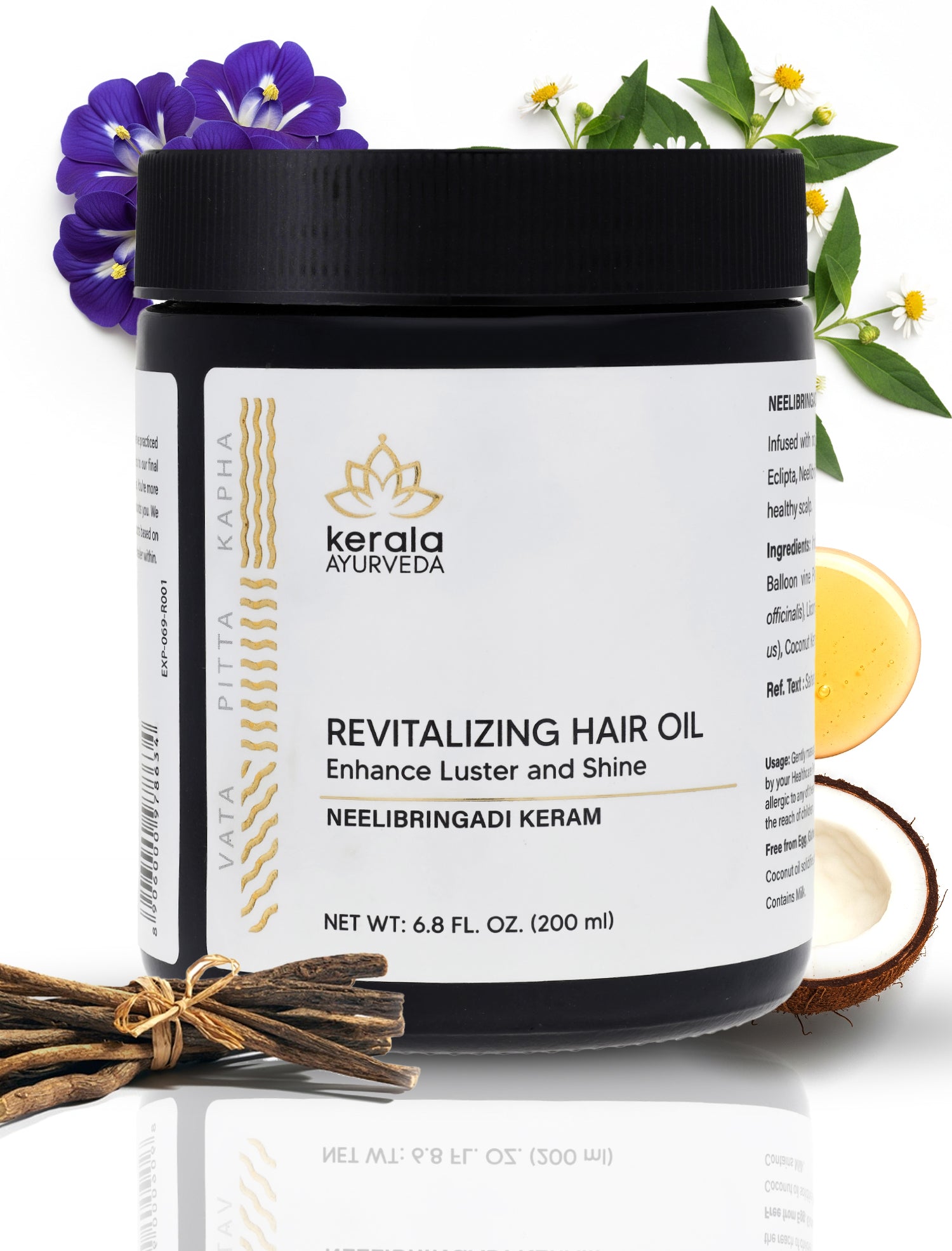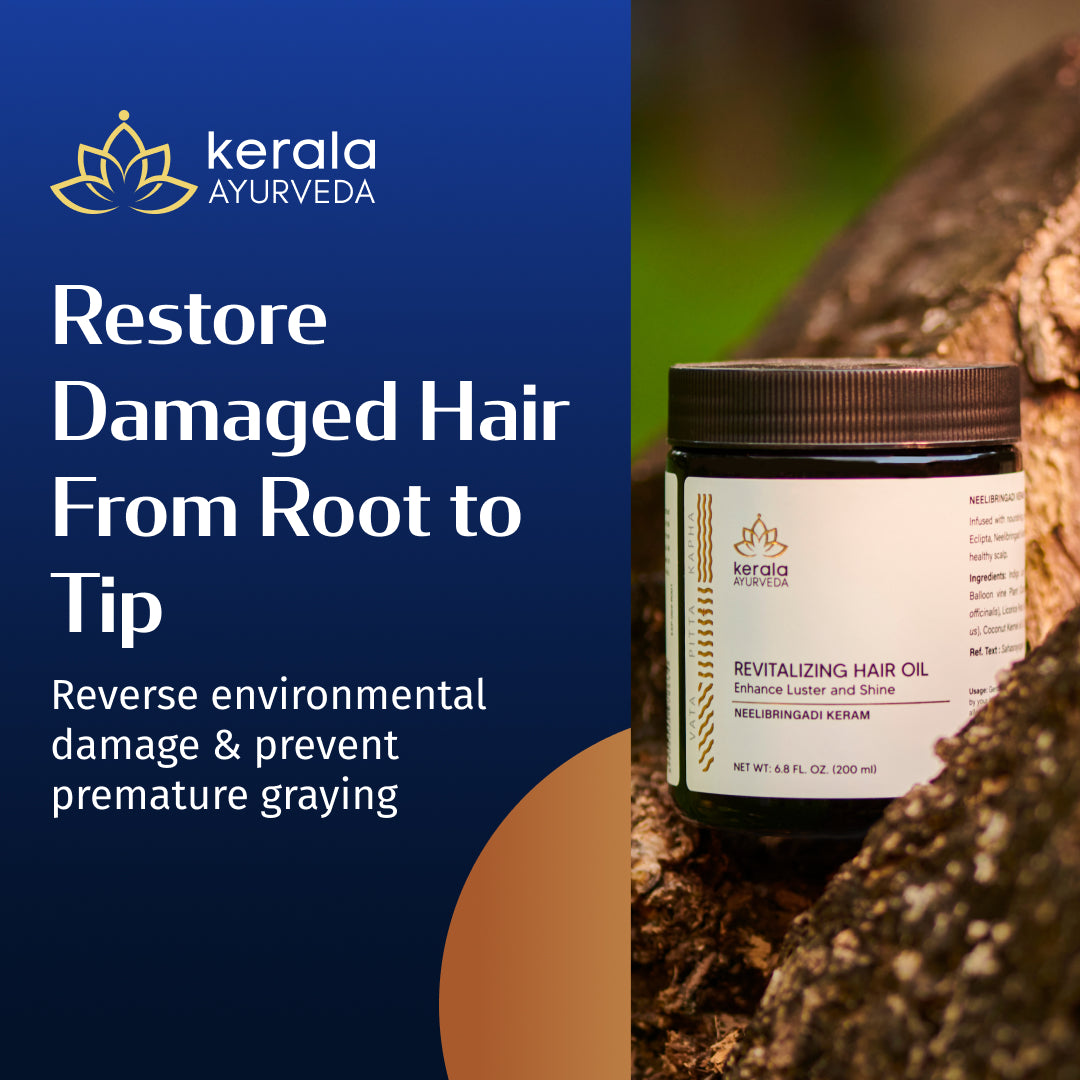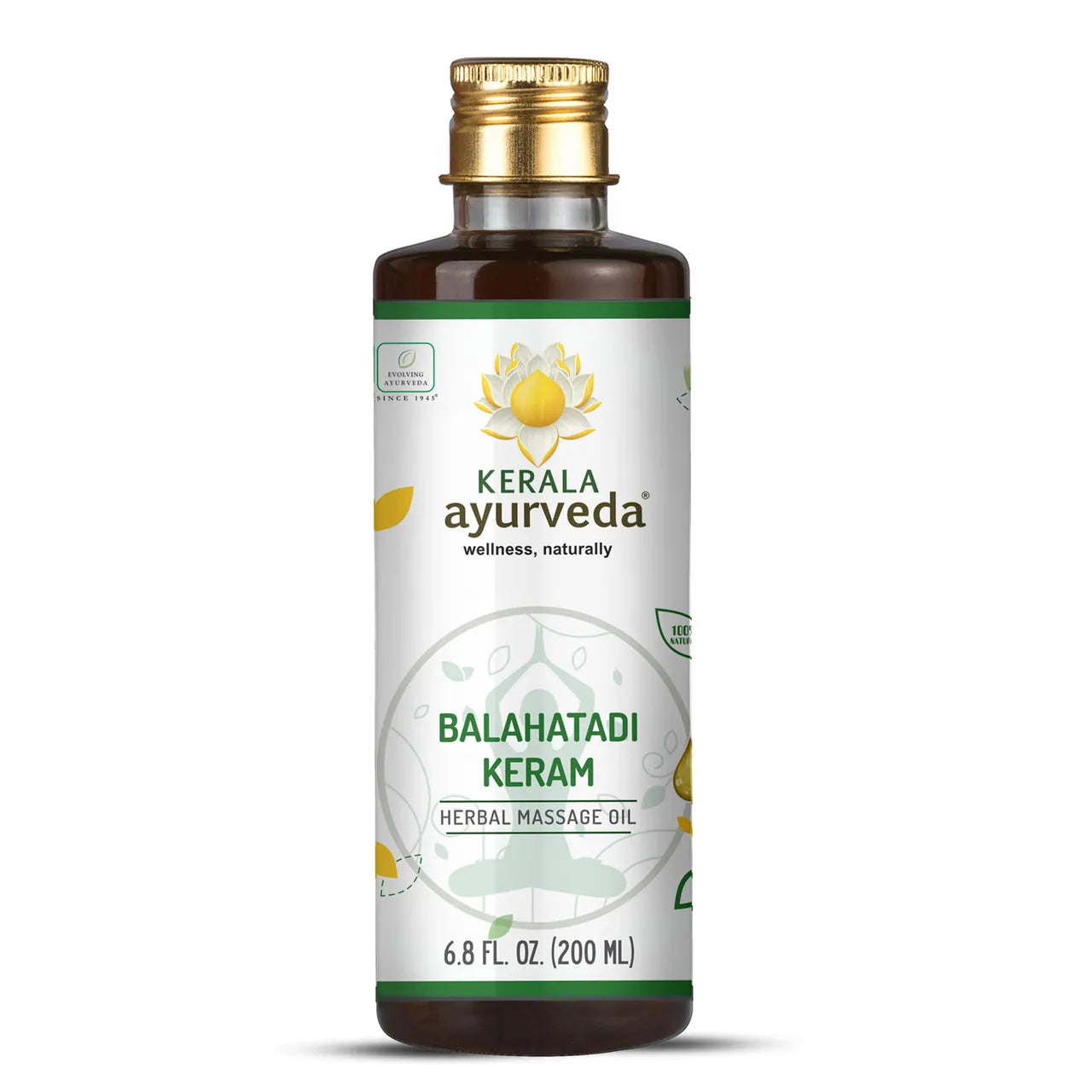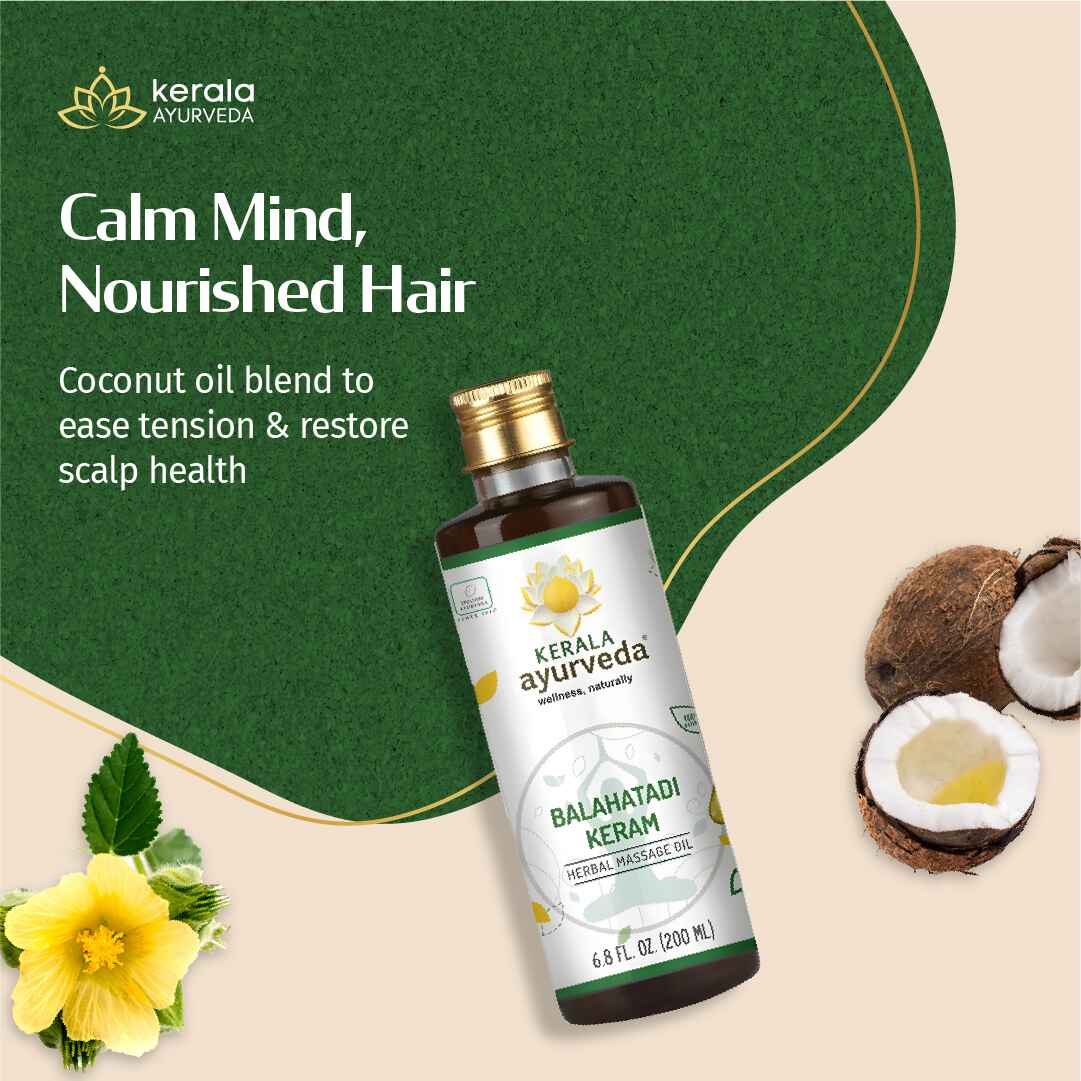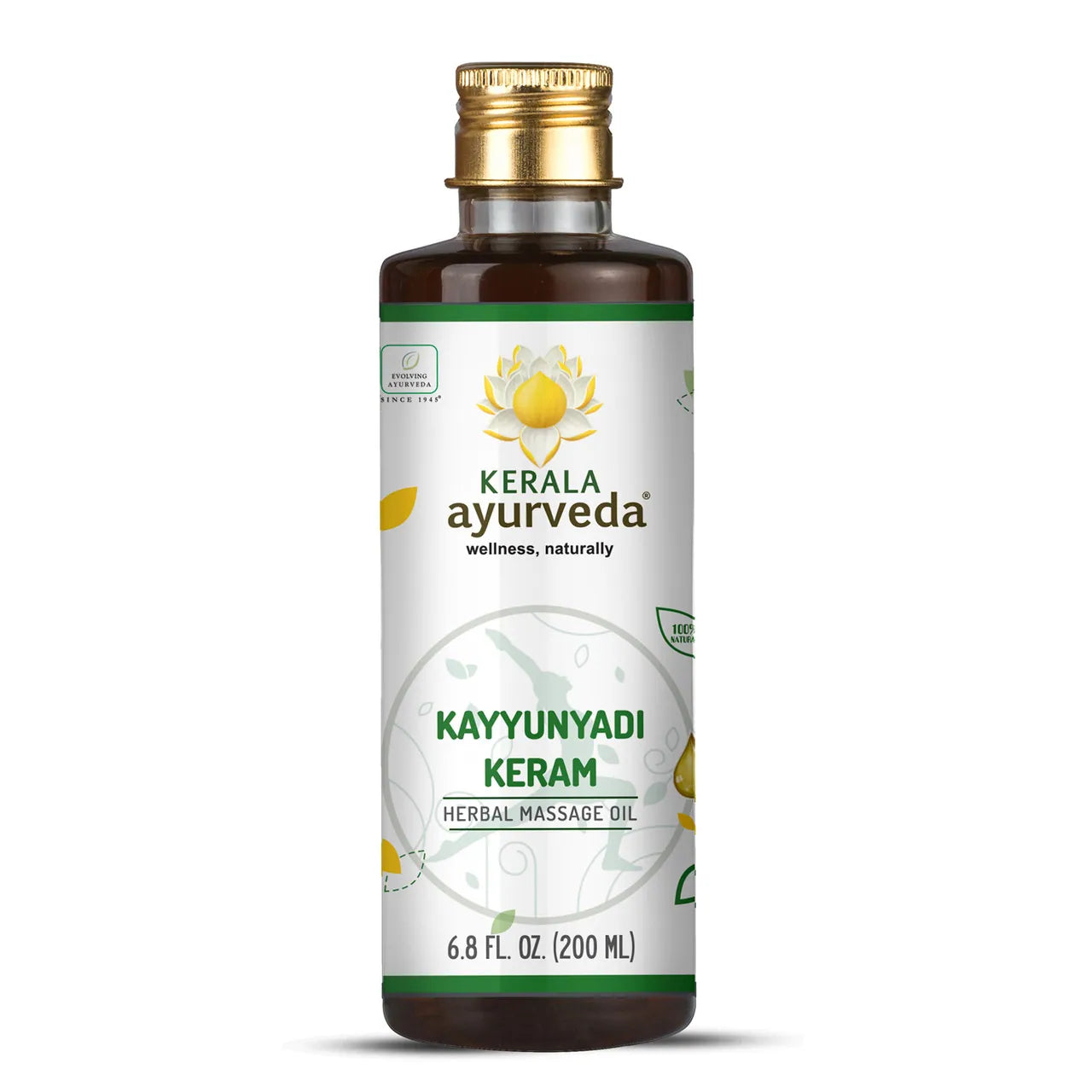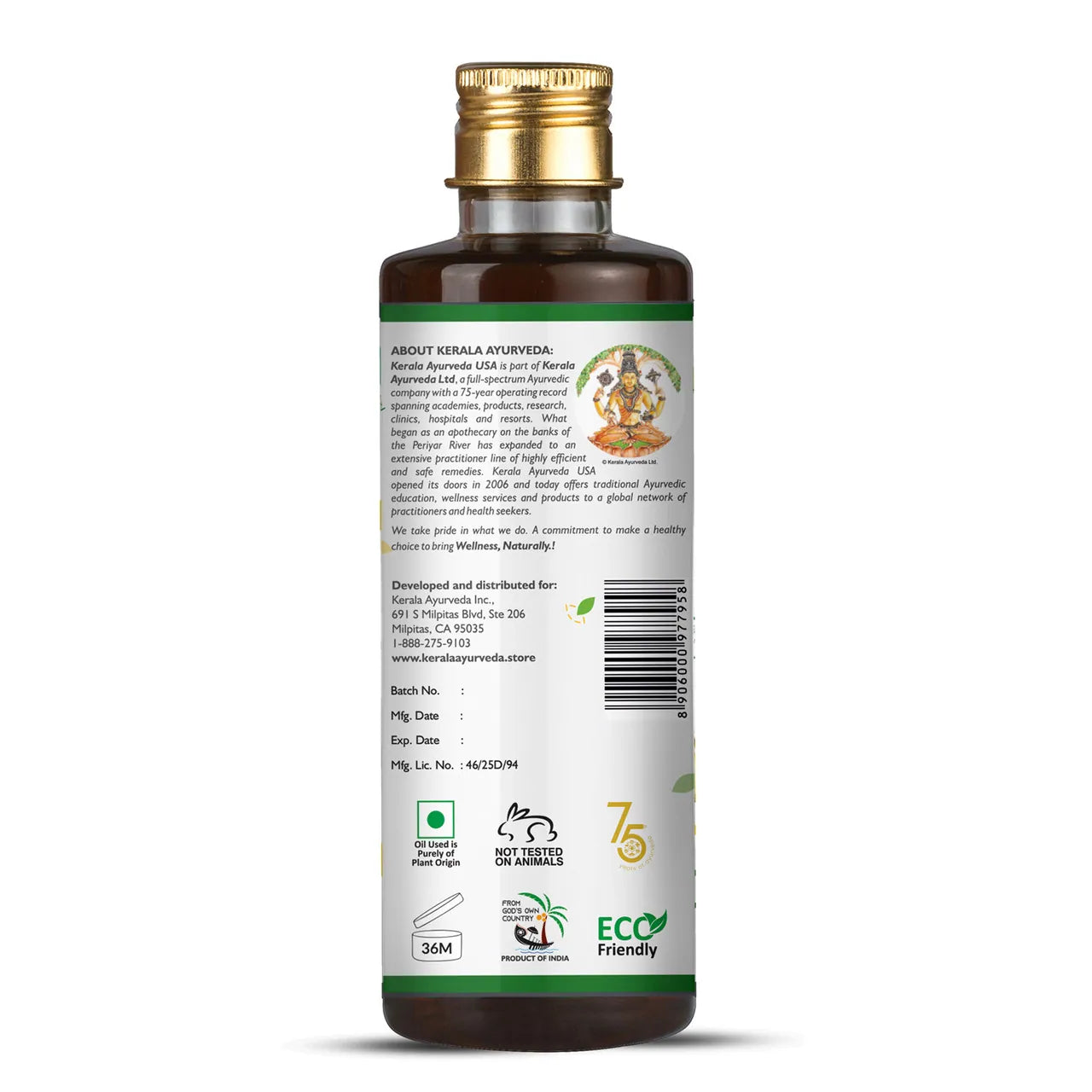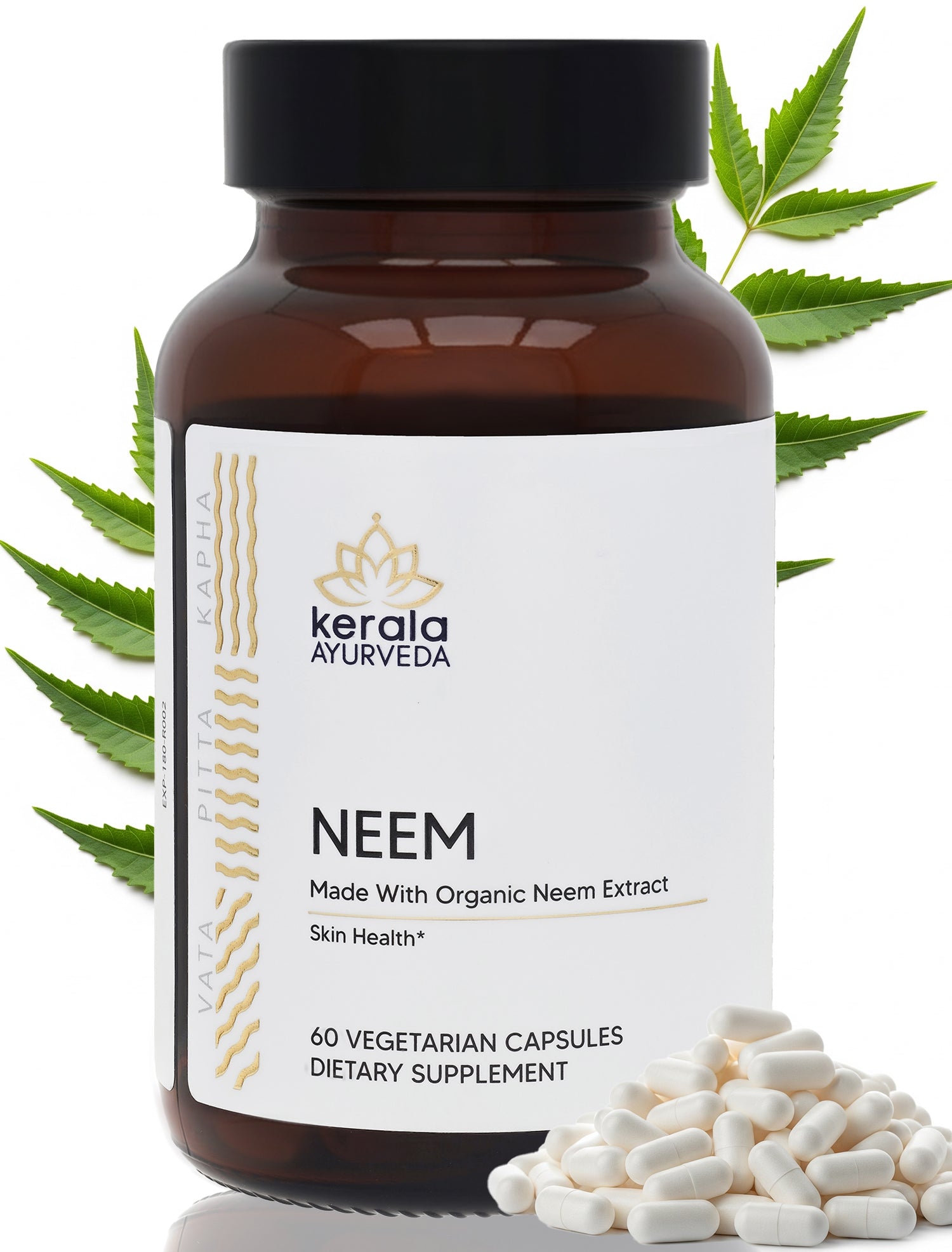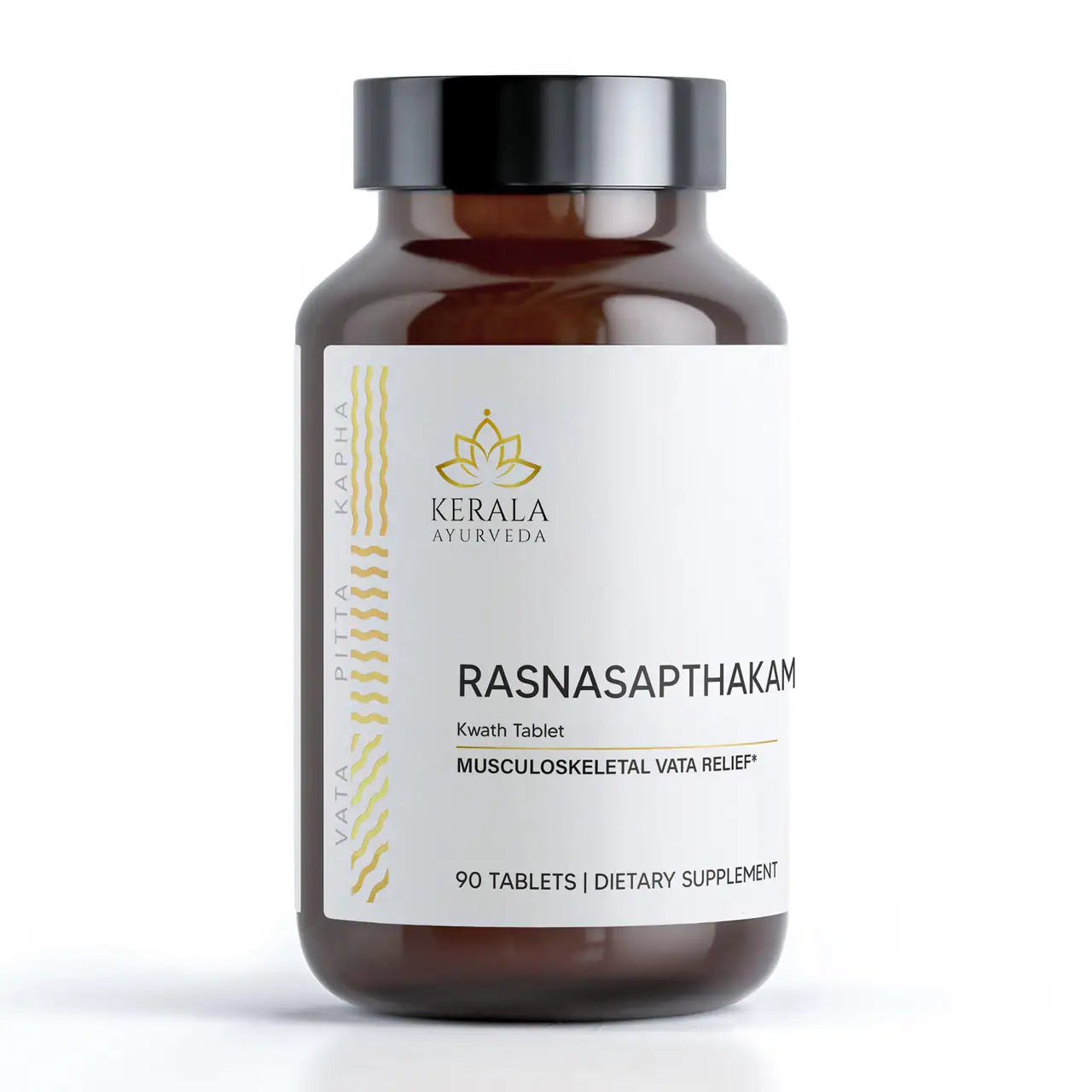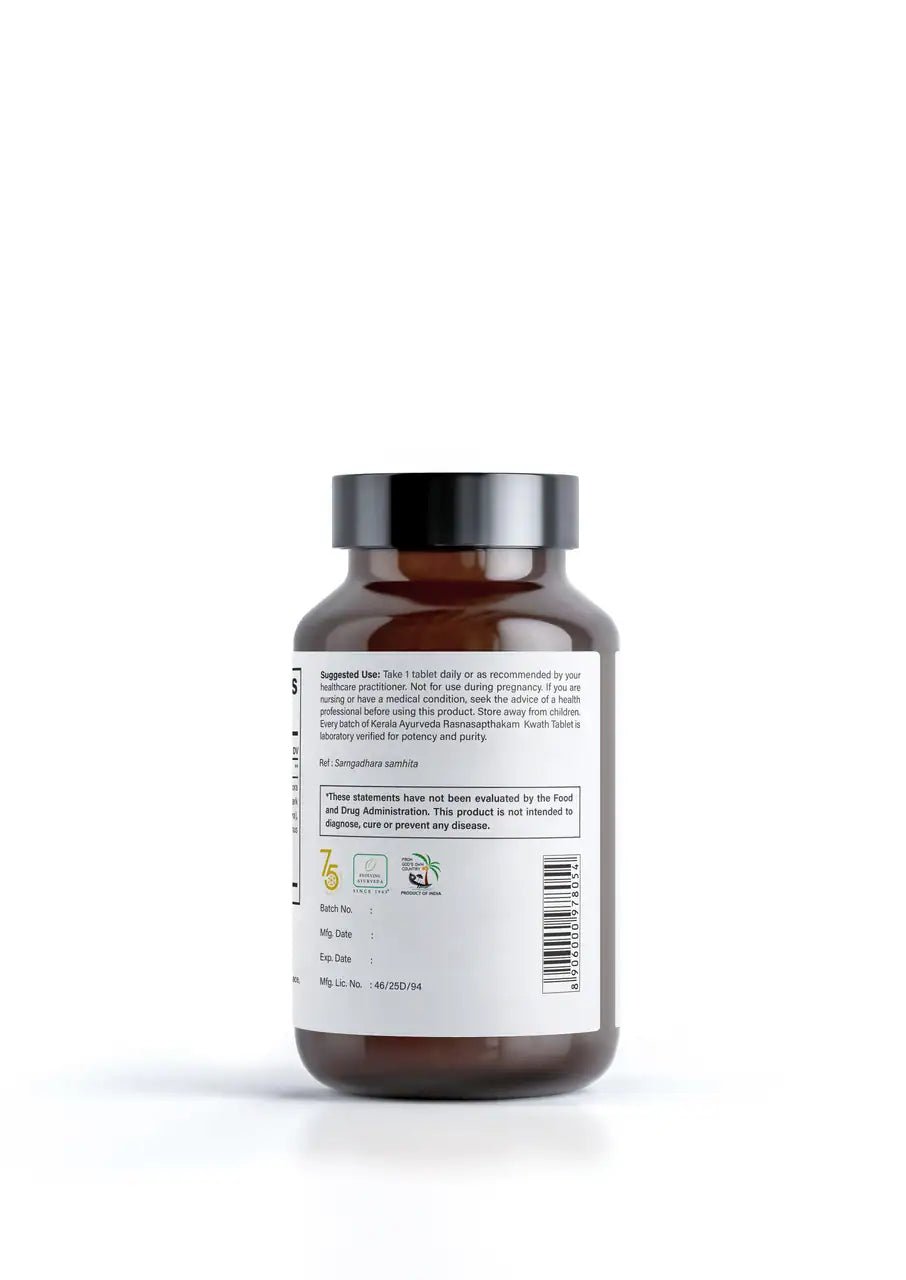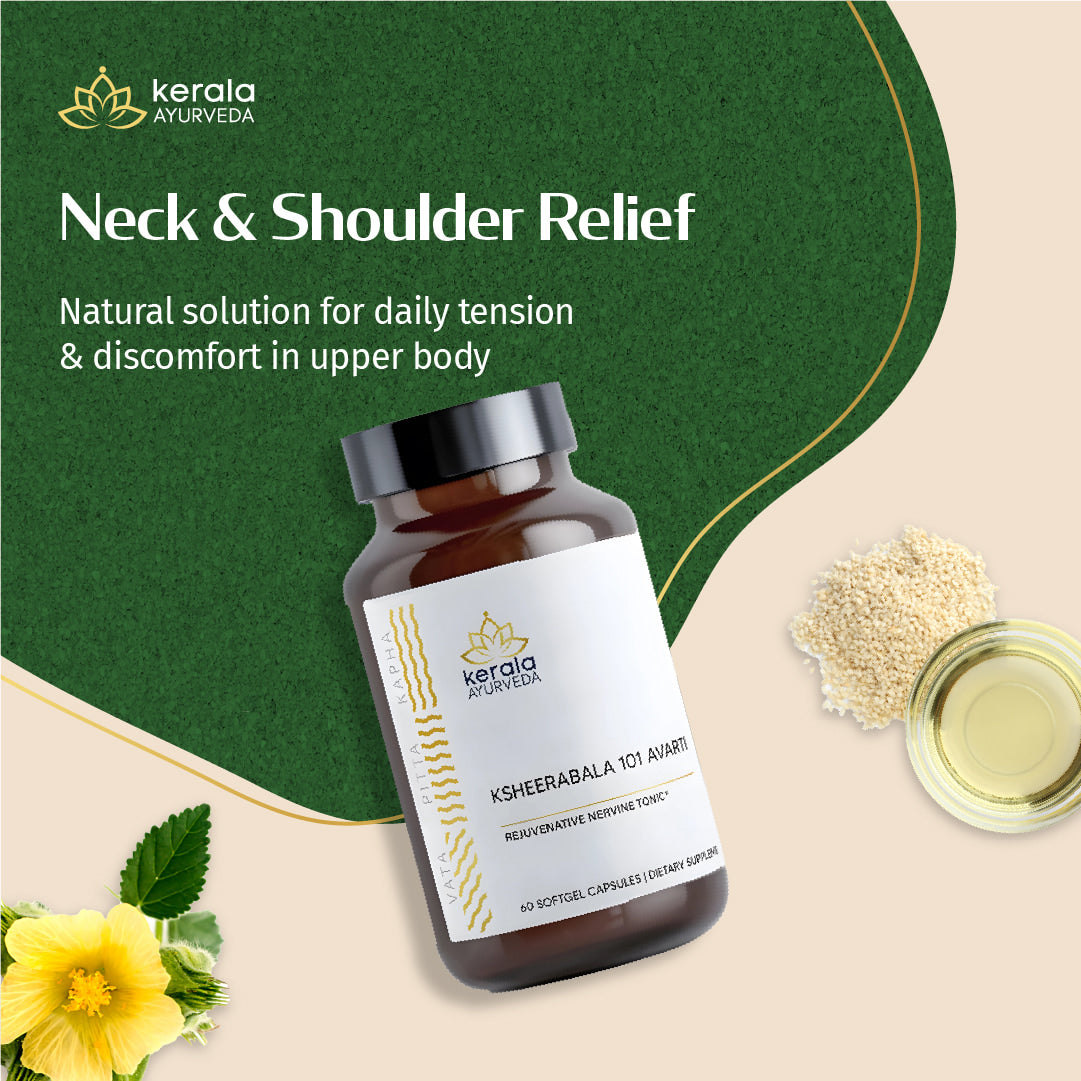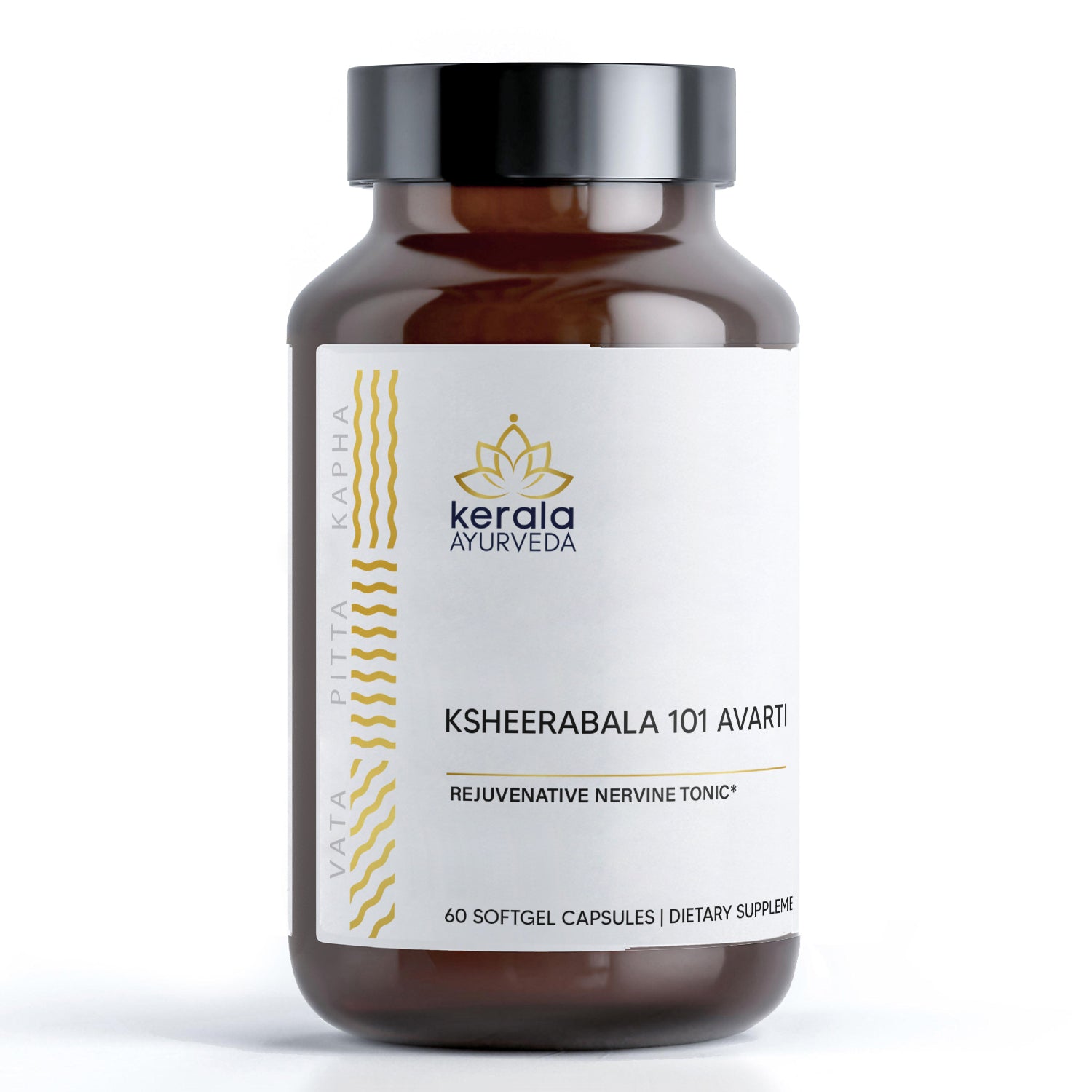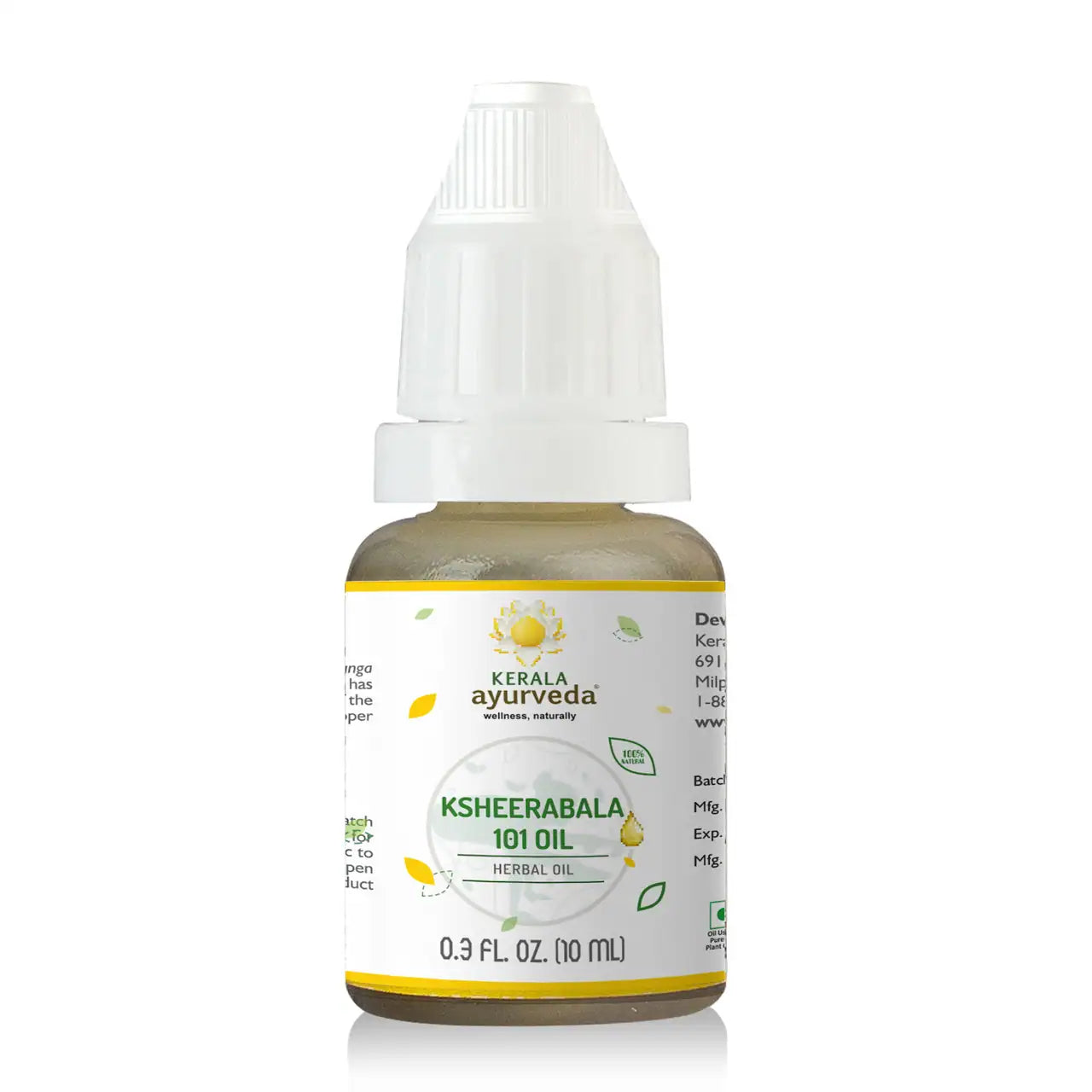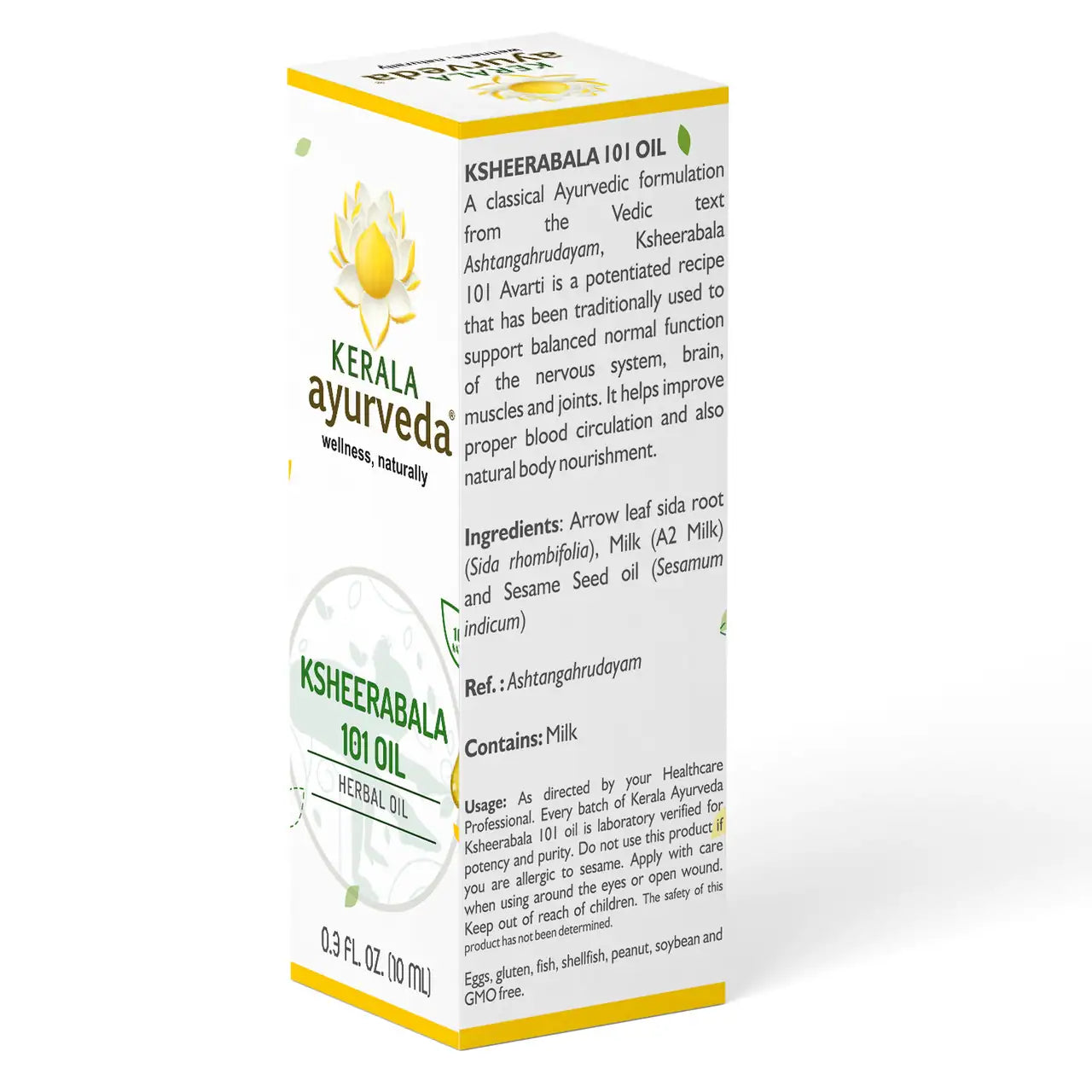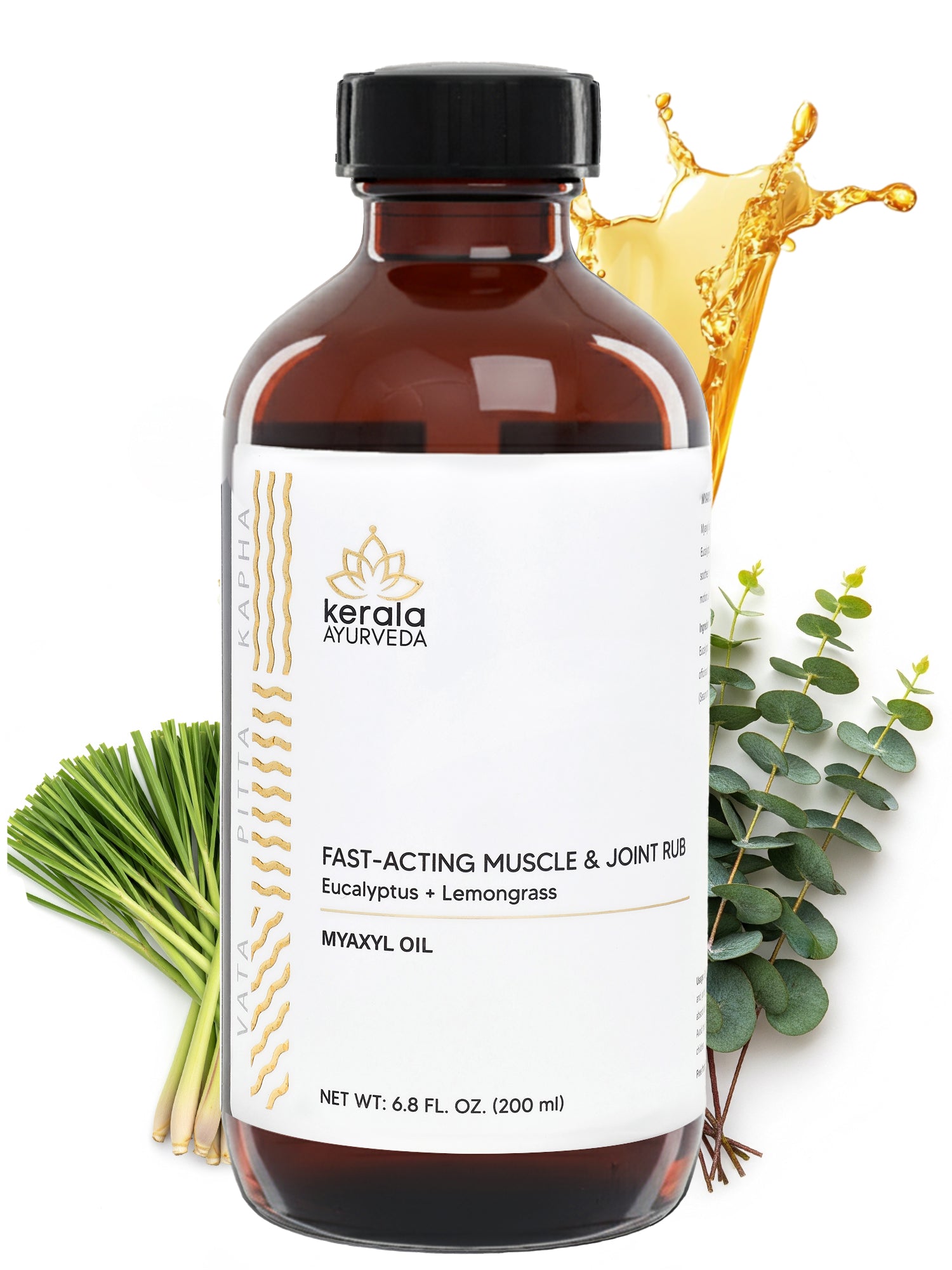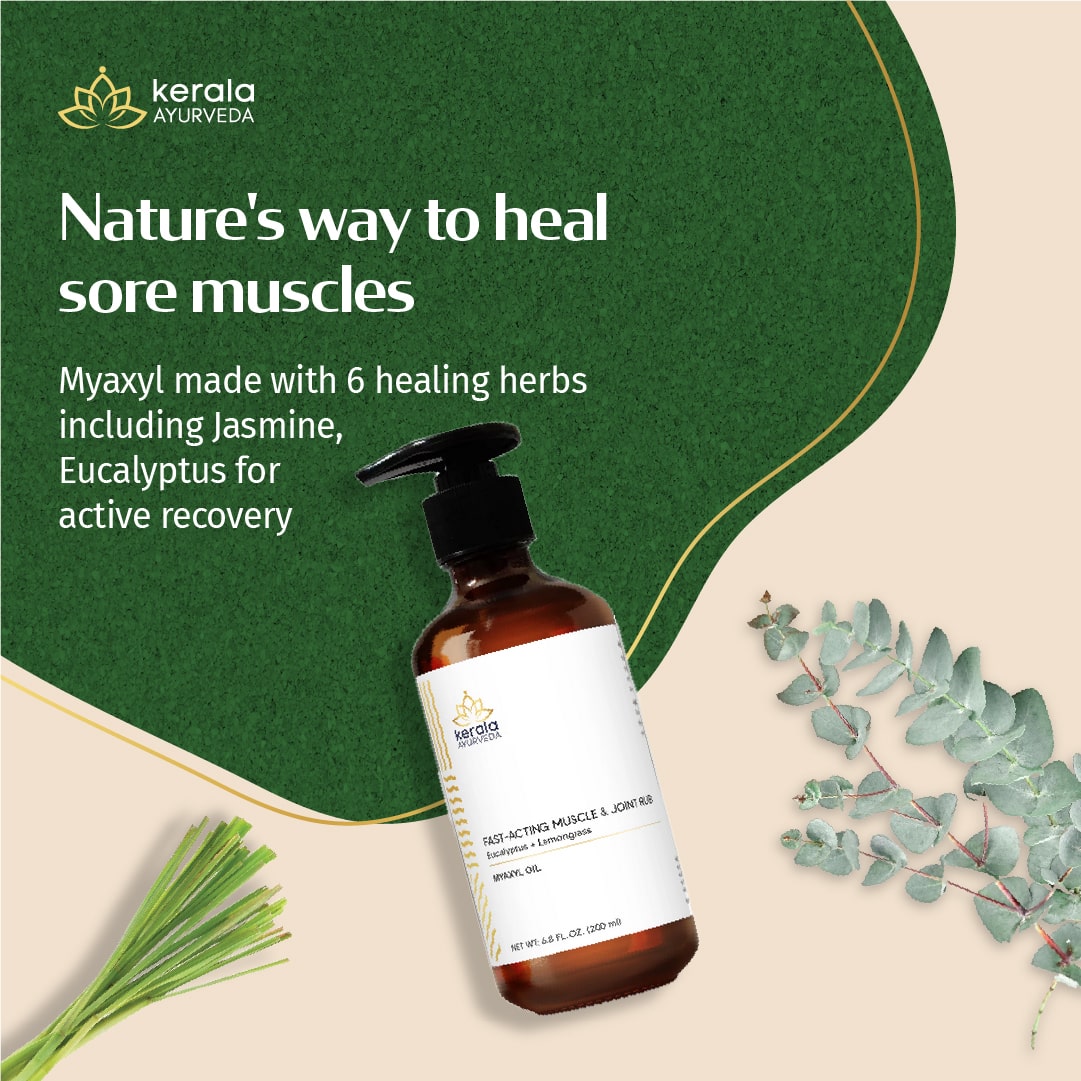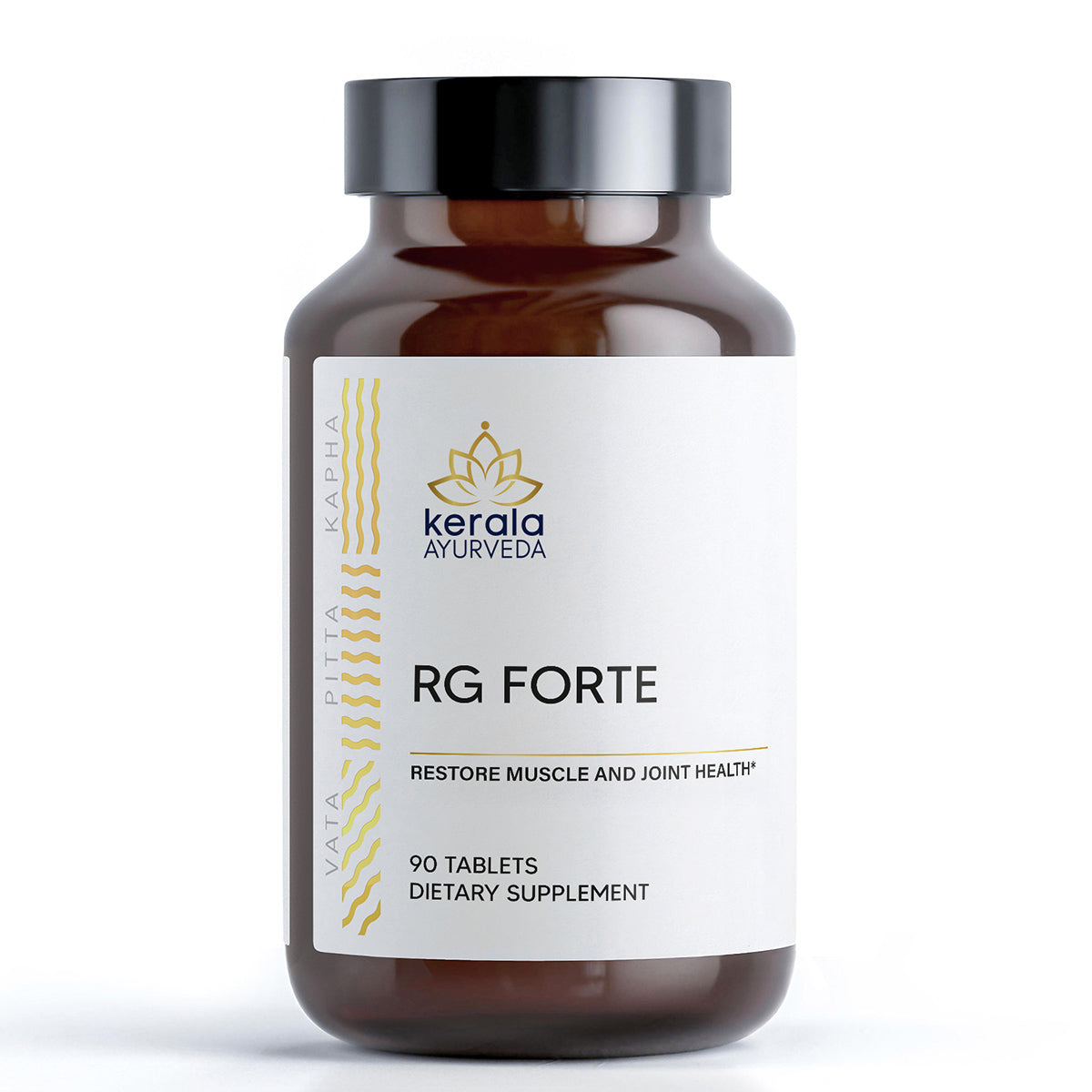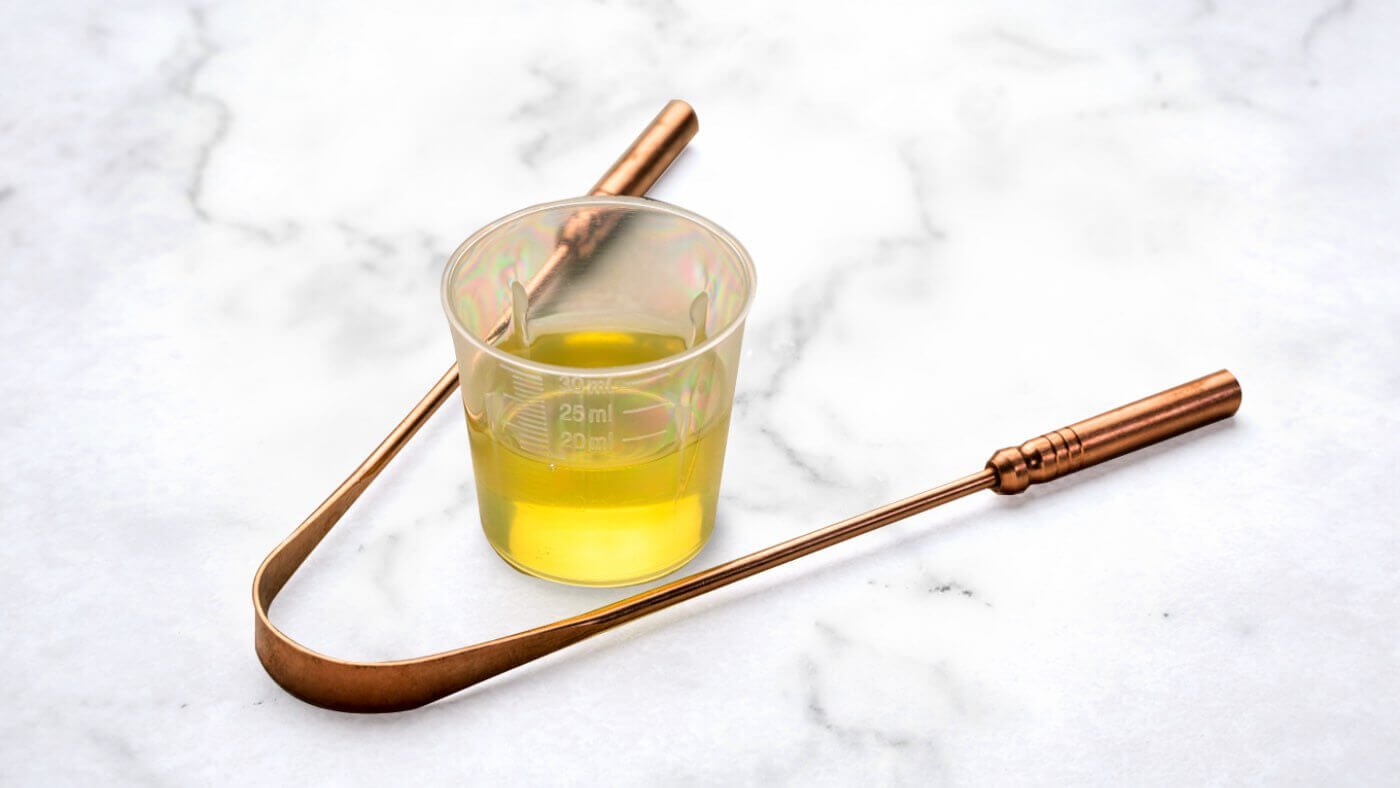Highlights
If you’re looking for simple ways to bring more balance, consistency, and wellness into your daily life, what better way to begin than with how you wake up your body each day?
Oil pulling is a simple practice from ancient Ayurvedic texts that supports a healthy oral microbiome and helps detox the oral cavity.
This is a fantastic ritual to add to your daily routine along with some other Ayurvedic detox habits described in this Kerala article you can read about here.
Even if your only morning routine is brewing a cup of tea or coffee, you can add oil into the mix with little effort.
Most of the pulling practice is focused on swishing oil around in your mouth — something you can easily do while getting dressed, packing school lunches, or preparing for your work day.
In traditional Ayurveda, oil pulling is part of a more elaborate and serene self-care ritual called Dinacharya.
This ritual includes oil massage, asanas, meditation, and other supportive practices. And while we would love to recommend you add every one of these beautiful practices to your morning routine, it can be quite overwhelming to do it all at once.
In this article, we’ll cover the method and benefits of oil pulling, and how to choose the oil best for you!

What is Oil Pulling?
Oil pulling literally pulls bacteria out of the mouth — more on how this works a bit later. This ancient Ayurvedic practice has been around since the 4th century BCE, referred to as Kavala and Gandusha.
Kavala is the more popular version of oil pulling today, where a small amount of oil is swished around the mouth, pulled through the teeth, and swirled around the gums and tongue. The oil used can also be gargled but is never swallowed.
In Gandusha, a full mouth of oil is simply held. There’s no swishing or pulling, and can be a bit more difficult to perform since a mouth full of oil is hard not to swallow or spit out! Both techniques are equally beneficial.
The practice of oil pulling is most effective as a complement to a complete oral healthcare routine that includes regular brushing, flossing, and tongue scraping.
The Oral Microbiome and Oil Pulling
According to Ayurveda, a healthy mouth and tongue equal a healthy body. It is also widely accepted in the West that a healthy oral microbiome — or balance of bacteria in the mouth — can keep tooth decay, gingivitis, and bad breath at bay.
There are even specific labs dentists can order when an imbalance of bacteria is suspected to be the culprit of these types of issues.
Scientific evidence suggests oil pulling therapy may be worth trying. Plaque levels and scores relating to gingivitis risk were studied in a group of ten subjects using sunflower oil for 45 days.
The study found a reduction in both conditions and showed the potential benefits of oil pulling for supporting oral health. There is also anecdotal evidence that restoring balance to the oral microbiome can in turn support sinus health.
Some of the bacteria found in the mouth can advance certain diseases, such as cardiovascular disease, yet there has not been scientific research on the whole-body effects of oil pulling alone on these diseases.
That said, studies show that taking care of your oral health can reduce your risk of heart attack, help keep your lungs healthy, and make for safer pregnancies.
Oil Pulling Benefits for Oral Hygiene
Oil pulling can:
-
Support healthy detoxification of the mouth
-
Fortify healthy gums and teeth
-
Strengthen the jaw and oral cavity muscles
-
Aid in the prevention of bleeding and receding gums, halitosis, and oral malodor
How does oil pulling work? Bacteria living in the mouth are enclosed by a ‘lipid membrane.’ The lipid structure of the oil used in the pulling process essentially acts as a magnet, pulling bacteria out of the mouth by adhesion. When the oil gets spit out, the plaque-building bacteria are also removed.
How To Do Oil Pulling
It’s best to practice oil pulling in the morning. The process is said to stimulate the appetite and enhance the sense of taste, so it makes perfect sense to do it before you eat breakfast. While you only need to practice once daily for about 5 minutes to start reaping the benefits, it’s okay to oil pull up to three times each day for up to 20 minutes each. Oil pulling should never be done by small children under the age of five or by anyone at risk of aspiration.
There is some debate about whether oil pulling should be done before or after brushing. However, the majority consensus is doing oil pulling before you brush so that you can wash/rinse the bacteria that ends up in the oil out of your mouth completely.
A BASIC OIL PULLING PRACTICE:
-
Place one teaspoon to one tablespoon of oil in your mouth
-
Swish the oil around your mouth, aiming to coat every surface in the oral cavity, pulling the oil through the teeth
-
Do not swallow the oil
-
Continue until the oil has become emulsified, frothy, and whitish, working gradually up to 15-20 minutes
-
Spit out and discard the oil — do NOT put the oil down your drain; spit it into the trash or toilet
-
Rinse your mouth and proceed with the rest of your oral care routine
Choosing an Oil for Oil Pulling (Sesame Oil vs Coconut Oil)
The two most common oils used for oil pulling are sesame and coconut oil. Coconut oil offers the added benefit of containing lauric acid, which is antimicrobial in nature. Yet some studies have shown that sesame oil in particular is as effective as chlorhexidine — an antiseptic and disinfectant — against plaque-induced gingivitis. Both oils showed similar effects on plaque regrowth.
Ultimately, you can use either oil. At Kerala, we love our sesame-based oil pulling blend full of Ayurvedic herbs that further support a healthy oral microbiome. You can find and purchase our Arimedadi Mouthwash for Oil Pulling here.





